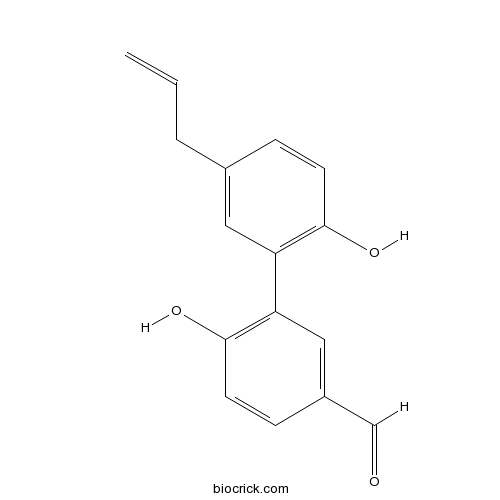Magnolia officinalis Rehd et Wils.
Magnolia officinalis Rehd et Wils.
Magnolia officinalis (commonly called Houpu Magnolia or Magnolia-bark) is a species of Magnolia native to the mountains and valleys of China at altitudes of 300-1500 m. M. officinalis differs very little from Magnolia obovata; the only difference that is consistently observed between the two being that the fruit aggregate of M. officinalis has a rounded base, while that of M. obovata has an acute base. Further research may or may not eventually determine if M. officinalis should be treated as a subspecies of M. obovata (Hunt 1998). The bark is stripped from the stems, branches, and roots and used in traditional Chinese medicine, where it is known as hou po (thus the common names). This bark is highly aromatic and contains magnolol and honokiol, two polyphenolic compounds that have demonstrated both anti-anxiety and anti-angiogenic properties. It has also been shown to reduce allergic and asthmatic reactions. Today, the bulk of bark used for commercial and domestic use is supplied by plants in cultivation.
Products from Magnolia officinalis Rehd et Wils.
- Cat.No. Product Name CAS Number COA
-
BCN5687
Magnolol 528-43-8
PDF

-
BCN1001
Honokiol 35354-74-6
PDF
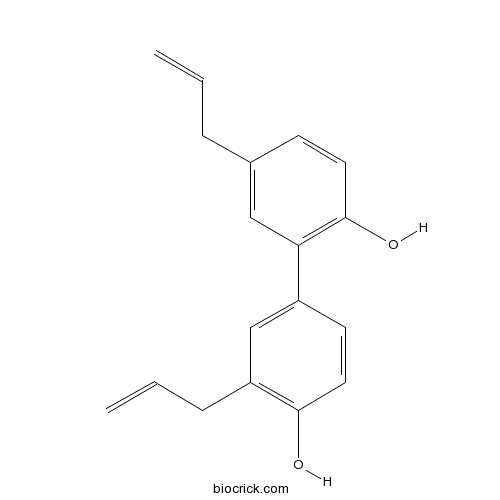
-
BCN1670
epi-Eudesmol 15051-81-7
PDF

-
BCN6339
Linalool 78-70-6
PDF
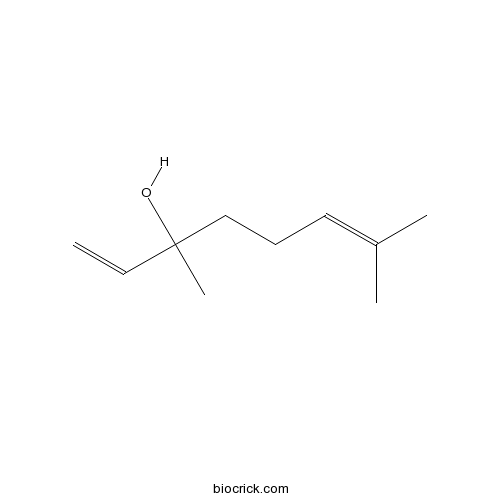
-
BCN4873
Humulene epoxide II 19888-34-7
PDF

-
BCN6053
DL-Syringaresinol 1177-14-6
PDF

-
BCN4874
Syringaresinol diacetate 1990-77-8
PDF
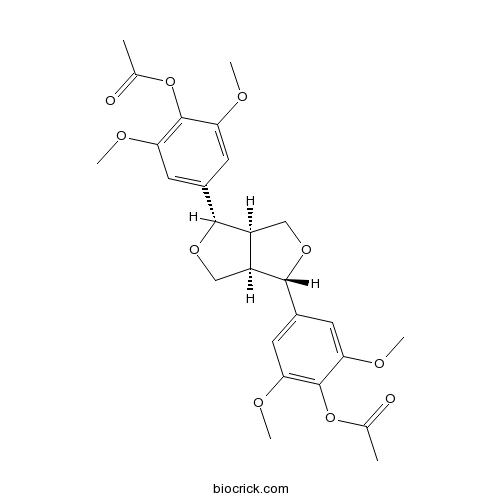
-
BCN5224
Magnolin 31008-18-1
PDF
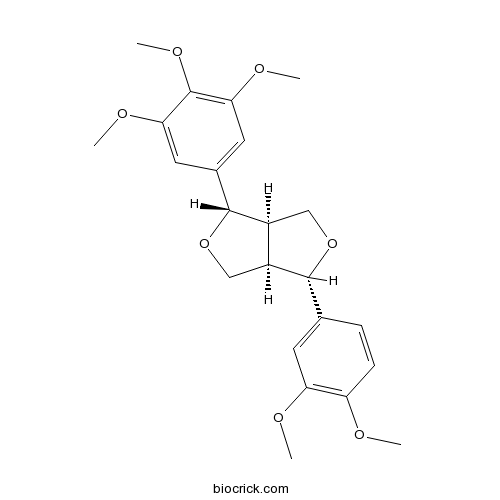
-
BCN3839
Magnocurarine 6801-40-7
PDF

-
BCN4060
Eudesm-4(15)-ene-3alpha,11-diol 113773-90-3
PDF

-
BCN4084
Magnolignan A 93673-81-5
PDF
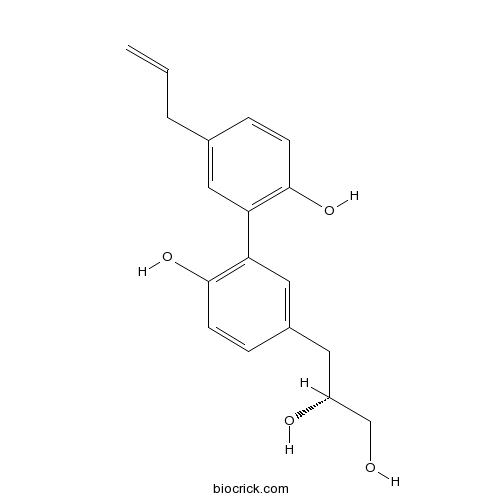
-
BCN4085
Magnolignan C 93697-42-8
PDF
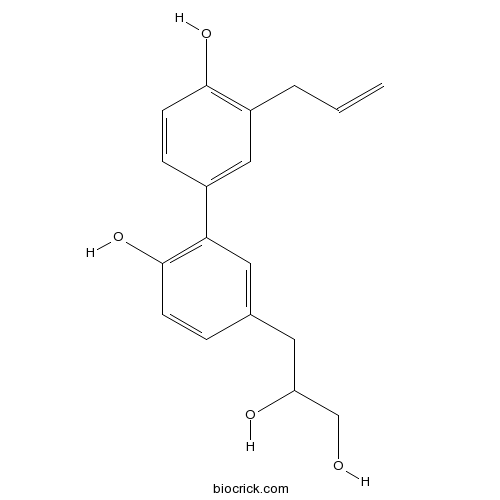
-
BCN4070
Magnaldehyde D 93753-33-4
PDF
